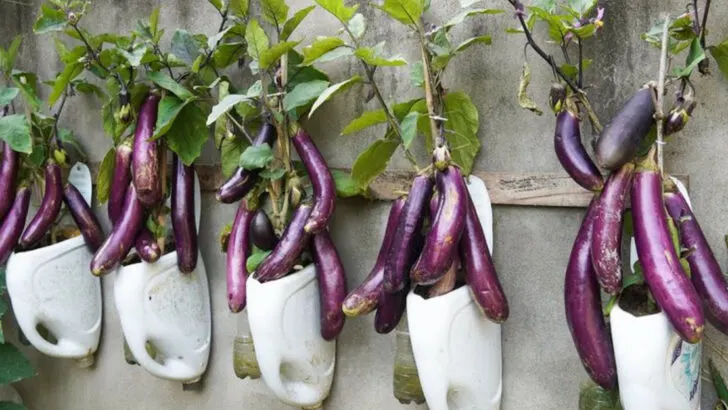Think you need a backyard to grow your dream garden? Think again. With a little creativity and the right plants, you can turn any blank wall, balcony railing, or even a sunny window into a thriving vertical garden. From vines that climb to veggies that don’t sprawl, growing upwards is one of the smartest ways to maximize space and multiply beauty—no yard required.
At Plantisima, we’re big believers in growing green wherever you are. Whether you’re working with a tiny apartment balcony, a cramped patio, or just a few square feet near a window, vertical gardening opens up a world of lush possibilities. It’s ideal for urban gardeners, plant-loving minimalists, or anyone who wants to make a statement with living walls and space-savvy blooms.
In this guide, we’ve gathered 17 things you can grow vertically, from herbs and fruit to leafy greens and gorgeous climbers. These plants not only adapt well to upright growing—they often do better with it. So grab a few containers, trellises, or hanging baskets and get ready to look up—your new favorite garden space might be right above eye level.
Tomatoes
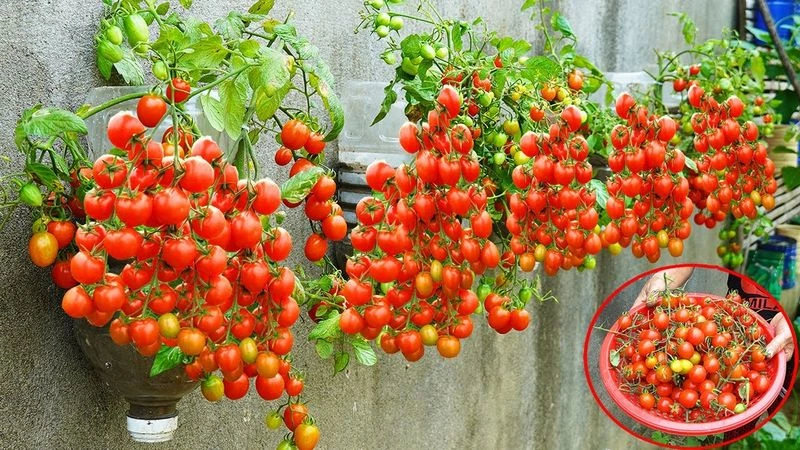
Tomatoes are a versatile addition to any vertical garden. Their vining nature allows them to climb upwards, conserving space while producing juicy and flavorful fruits. Ideal for balconies or sunny indoor spots, these plants require support from a trellis or stakes. Regular pruning ensures they grow healthily and produce abundantly.
Cucumbers
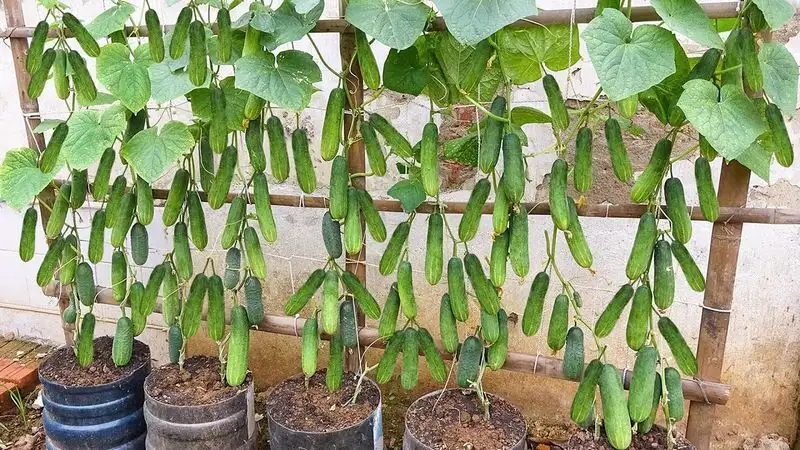
Cucumbers thrive when grown vertically, making them perfect for small spaces. Their sprawling vines can take over a garden bed, but when trained on a trellis, they grow upwards, saving precious ground space. This method also keeps the fruits cleaner and more uniform. With enough sunlight and regular watering, cucumbers will flourish, providing crisp and refreshing produce.
Peas
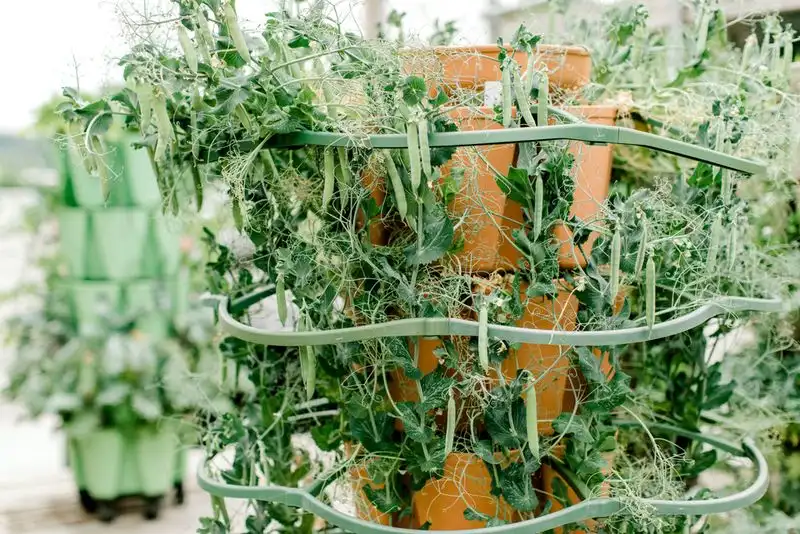
Peas are lightweight and ideal for vertical growth. Their tendrils naturally latch onto supports, making them easy to train upwards. Sweet peas not only offer edible pods but also bring a splash of color with their delicate flowers. They prefer cooler temperatures, so early spring or fall planting is ideal.
Strawberries
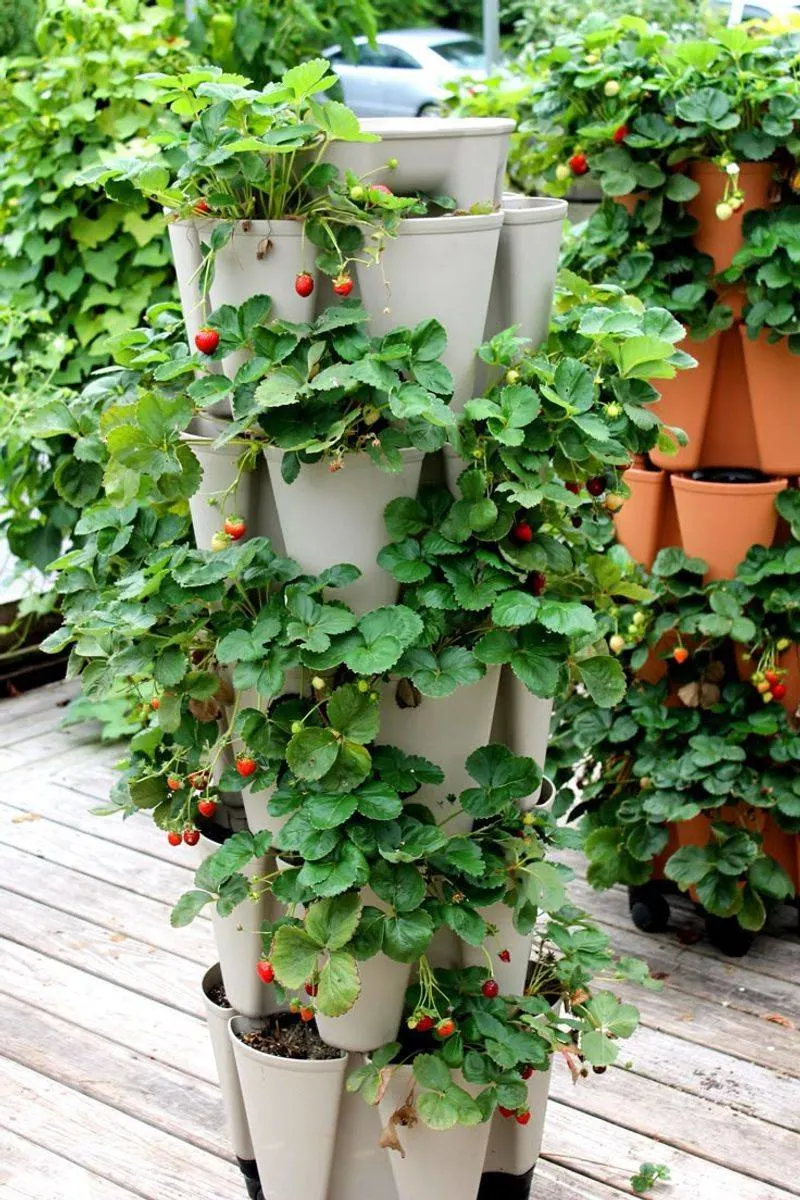
Strawberries are perfect for vertical gardens, especially with specialized tower planters. These allow for maximum yield in minimal space, and the cascading growth habit keeps the fruits off the ground. This decreases the risk of rot and pests. With adequate sunlight and watering, you’ll enjoy fresh, juicy strawberries throughout the growing season.
Herbs
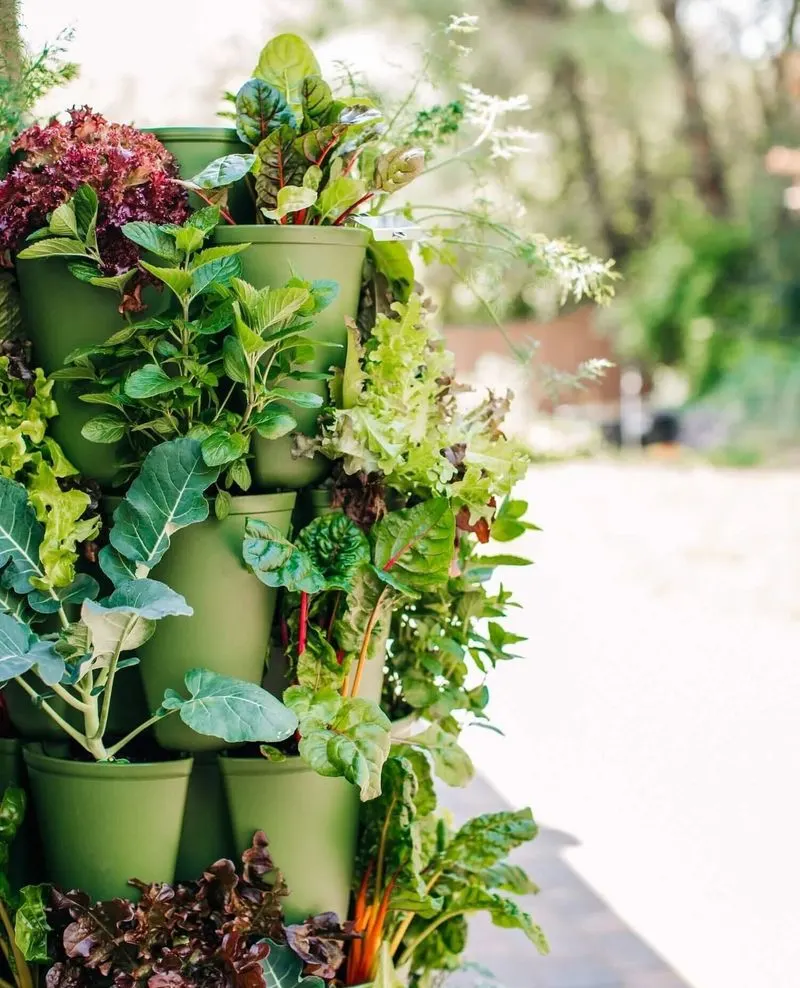
Herbs are incredibly versatile for vertical gardening. Whether in a dedicated herb wall or hung individually, they thrive with minimal space. Basil, rosemary, and mint are popular choices for indoor gardens, easily accessible for cooking. Regular harvesting promotes bushier growth and ensures a steady supply of fragrant, fresh herbs right at your fingertips.
Lettuce
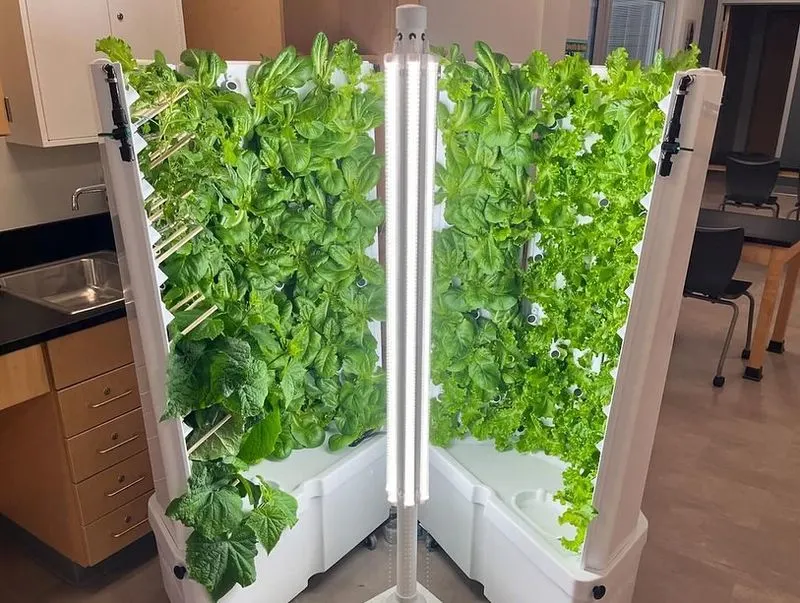
Lettuce varieties are highly adaptable to vertical gardens, especially using hydroponic systems. This method offers a consistent supply of fresh greens without the need for soil. The plants enjoy ample light and controlled water supply, which enhances growth and flavor. By staggering planting times, you can ensure a continuous harvest of crisp, nutritious leaves.
Beans
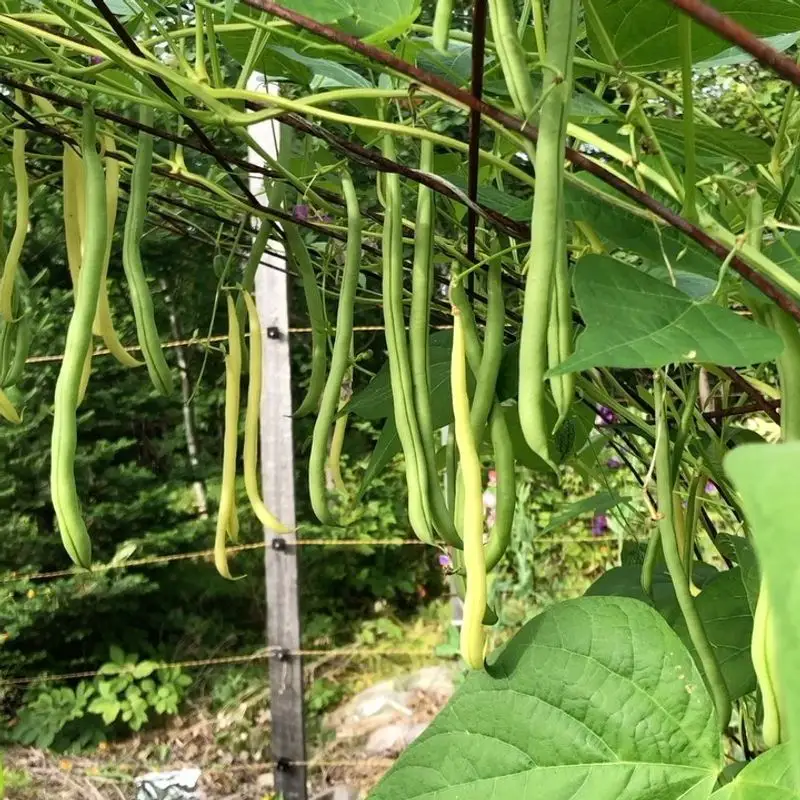
Beans, particularly pole beans, are ideal for vertical cultivation. Their natural inclination to climb makes them a space-saving agricultural delight. When grown vertically, they produce more yields and are easier to harvest. Regularly removing lower leaves improves air circulation, reducing disease risk. With adequate sunlight and support, beans will reward with plentiful harvests.
Zucchini
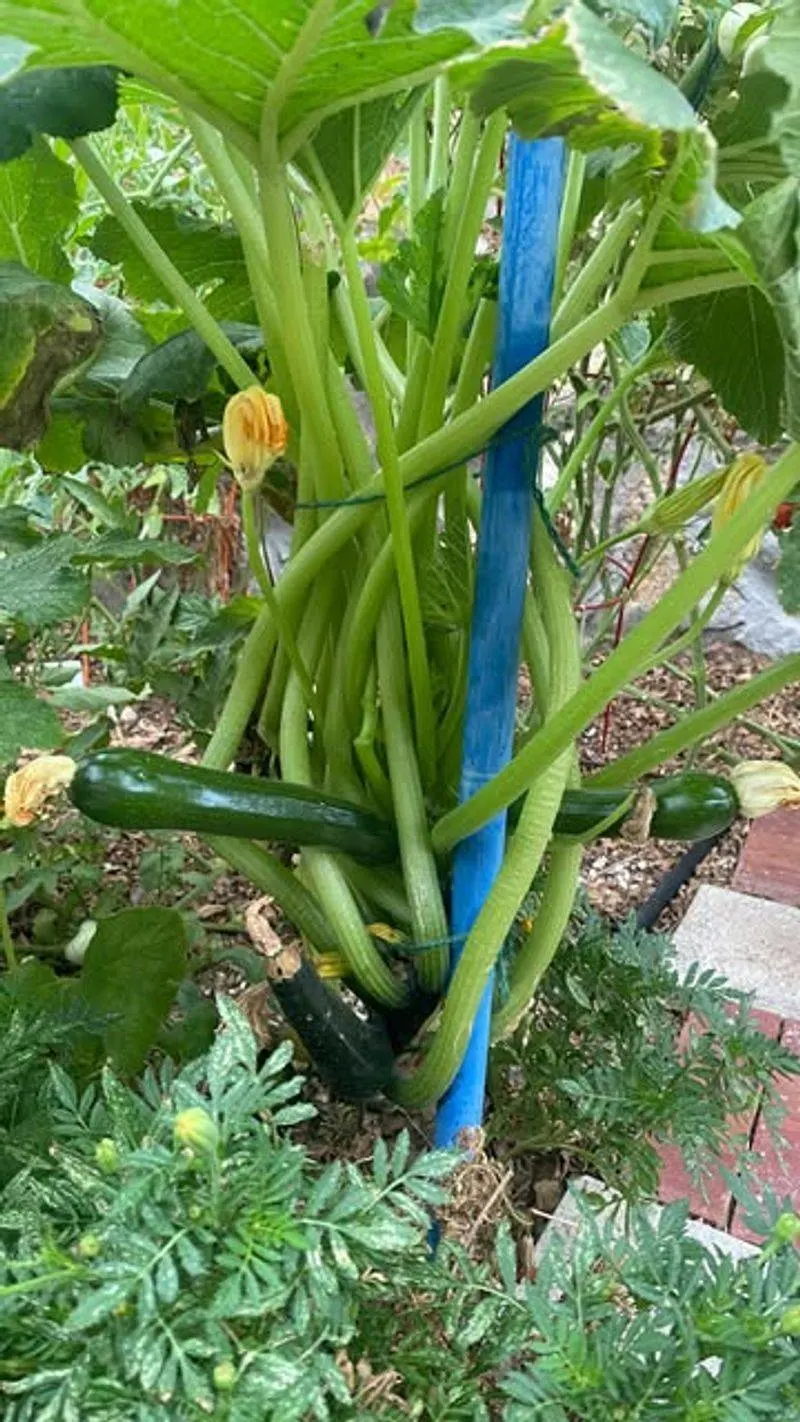
Zucchini can be trained to grow vertically, an unconventional but effective method. By using a sturdy support system, large leaves and fruits are kept off the ground, reducing pest problems. This approach makes harvesting easier and encourages healthy air circulation around the plant. Regular maintenance like trimming helps manage the overall size and shape.
Spinach
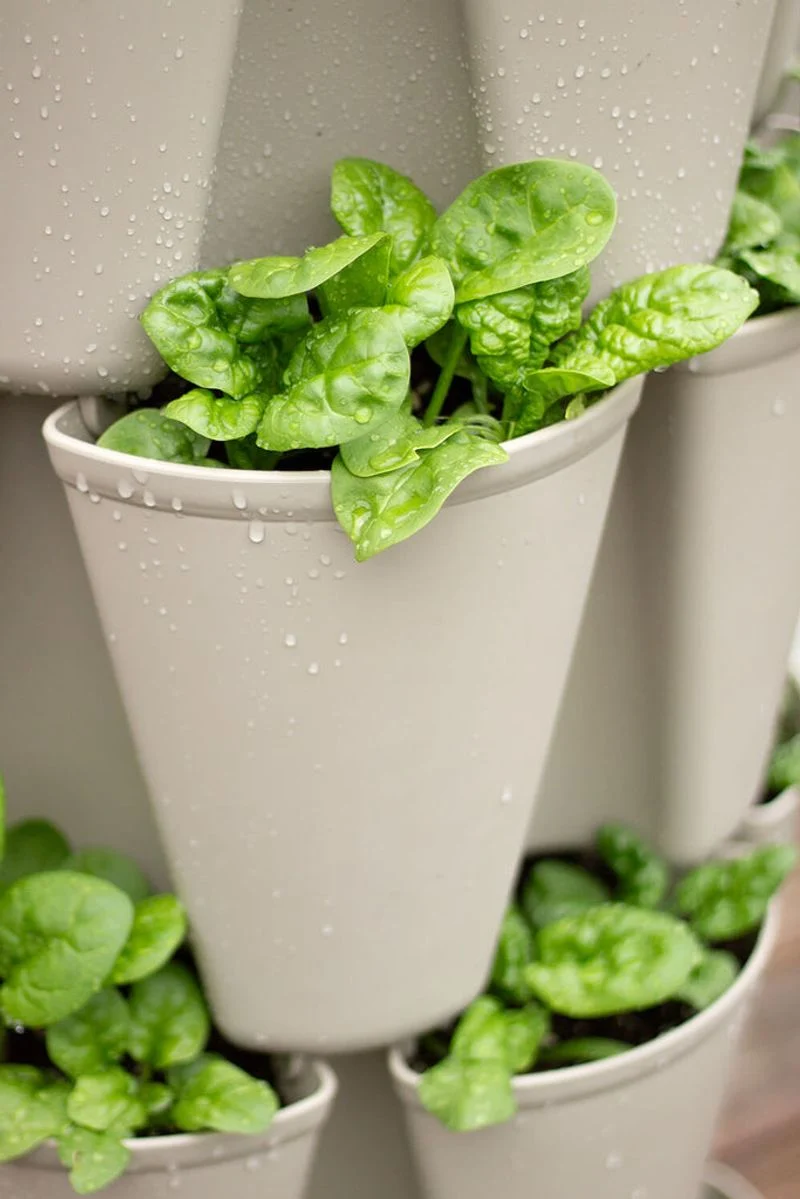
Spinach adapts well to vertical gardens, especially in tiered systems. This leafy green prefers cooler weather, making it ideal for spring and fall planting. Vertical growth helps maximize limited space and makes harvesting more convenient. Spinach provides a nutritious addition to meals, and its compact growth habit suits smaller living areas perfectly.
Bell Peppers
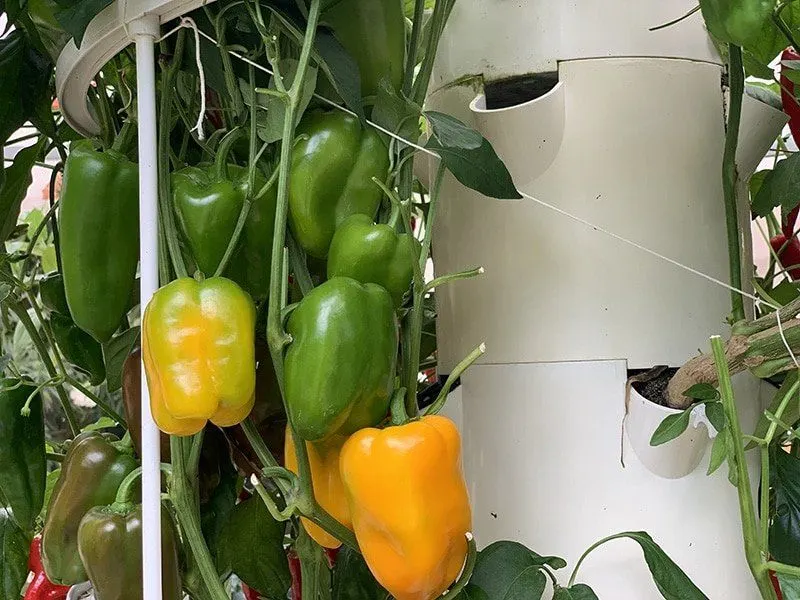
Bell peppers flourish in vertical gardens, utilizing height instead of ground area. Their vibrant fruits add a splash of color and nutrition to any small space. Peppers require consistent warmth and sunlight, thriving indoors near windows or on sunny balconies. Regular feeding and watering promote a healthy crop of juicy, sweet peppers ready for harvest.
Kale
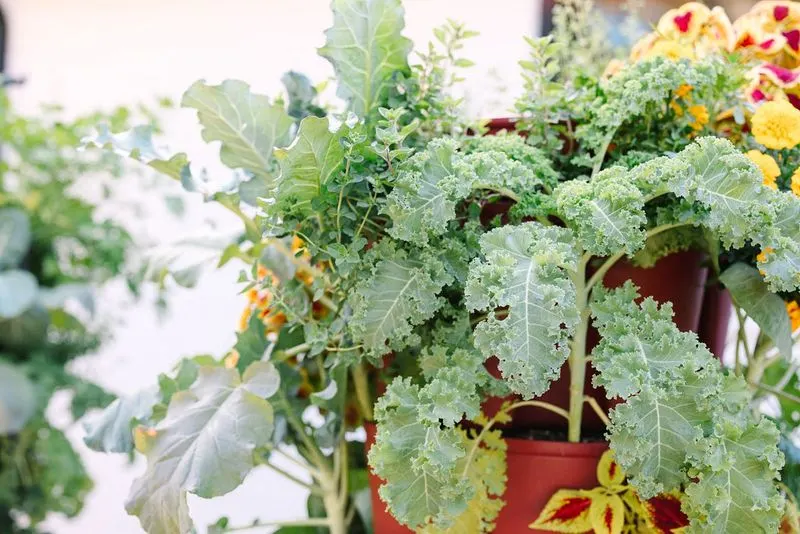
Kale is a nutrient-packed green that excels in vertical systems, particularly hydroponics. Its dense, leafy growth takes advantage of upward space, providing a continuous harvest. With the right care, including ample light and water, kale will thrive indoors or on balconies. This superfood is a versatile addition to your diet, full of vitamins and minerals.
Chili Peppers
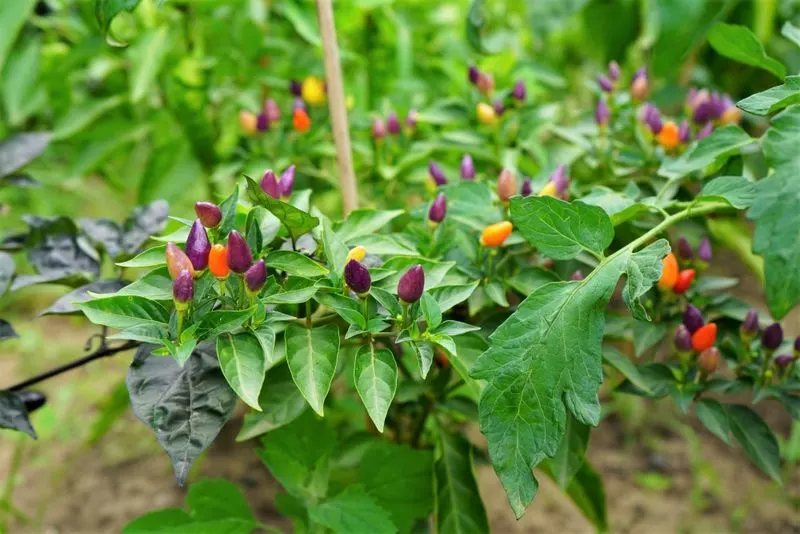
Chili peppers bring heat and color to vertical gardens. They thrive when supported by stakes or trellises, producing an abundance of fruits. These plants enjoy warm conditions, making sunny spots ideal. Frequent harvesting encourages more growth, allowing a steady supply of fiery peppers. Whether indoors or outdoors, chilies add a spicy kick to dishes.
Eggplants
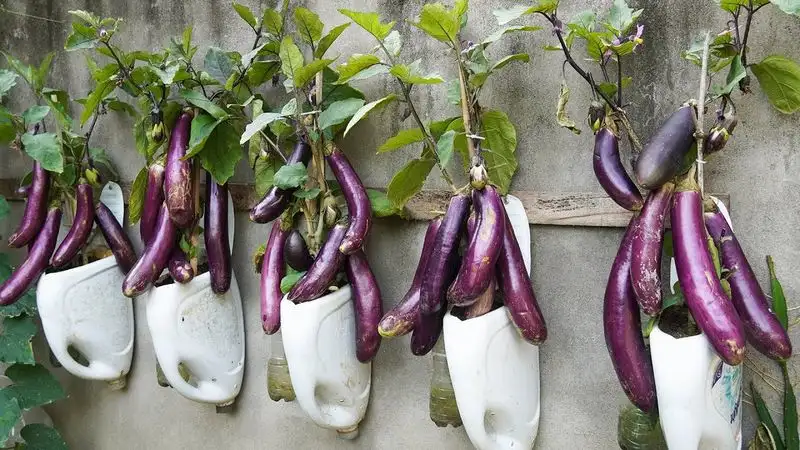
Eggplants are another excellent choice for vertical gardening. Their robust stems support glossy fruits when grown on wire cages or trellises. Vertical growth saves space and makes harvesting easier. Eggplants need plenty of sun and regular watering to produce well. With attention to care, these striking vegetables provide both visual interest and culinary delight.
Grapes
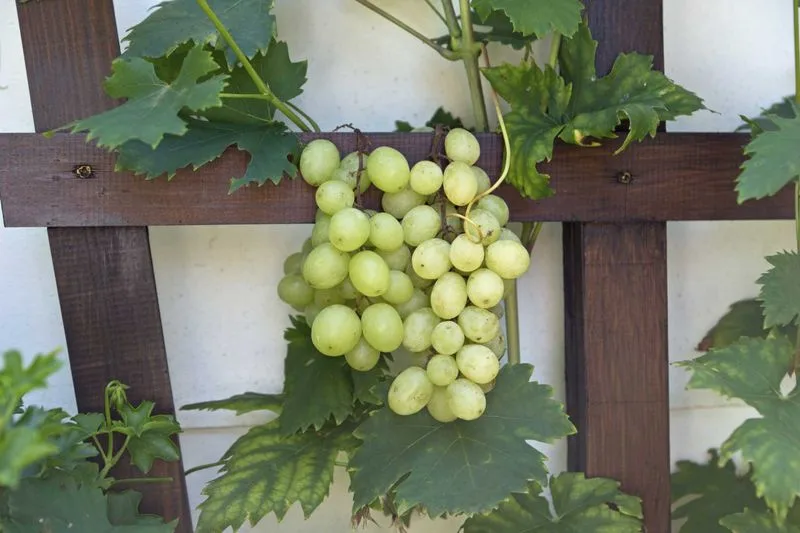
Grapes lend an air of elegance to vertical gardens. They climb trellises or arbors, creating a lush canopy of leaves and sweet, juicy fruits. Grapevines require a sunny location and good air circulation to thrive. Regular pruning helps maintain their shape and encourages a bountiful harvest. Whether for wine or snacks, grapes are a delightful addition.
Melons
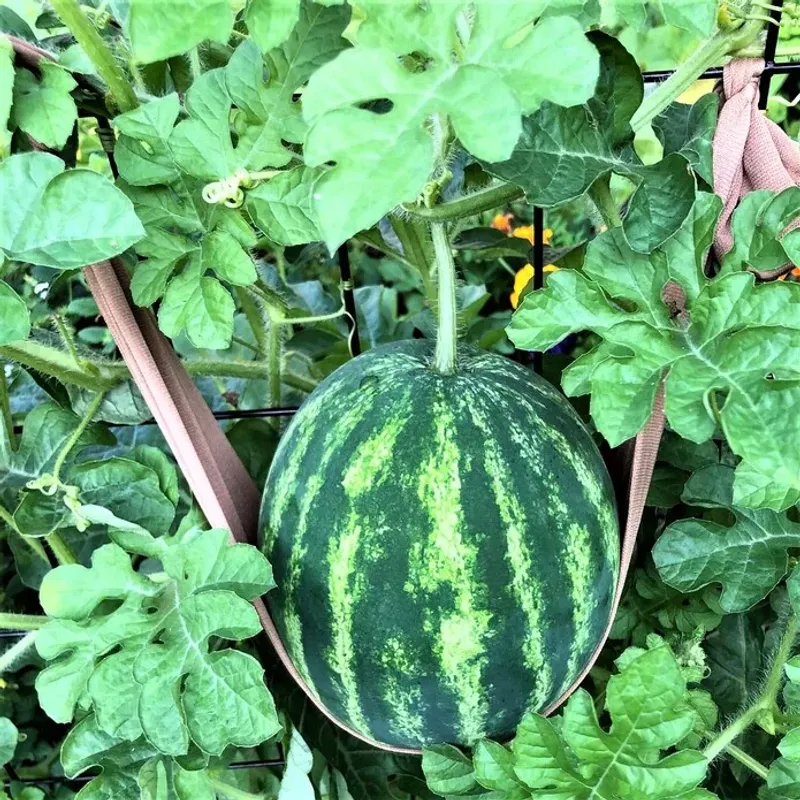
Melons grown vertically defy traditional methods, offering a space-efficient approach. With sturdy support and netting for fruit, they grow upwards, conserving ground space. This method also reduces pest problems and enhances air circulation. Adequate sunlight and consistent watering help produce sweet, flavorful melons, perfect for refreshing summer treats.
Pumpkins
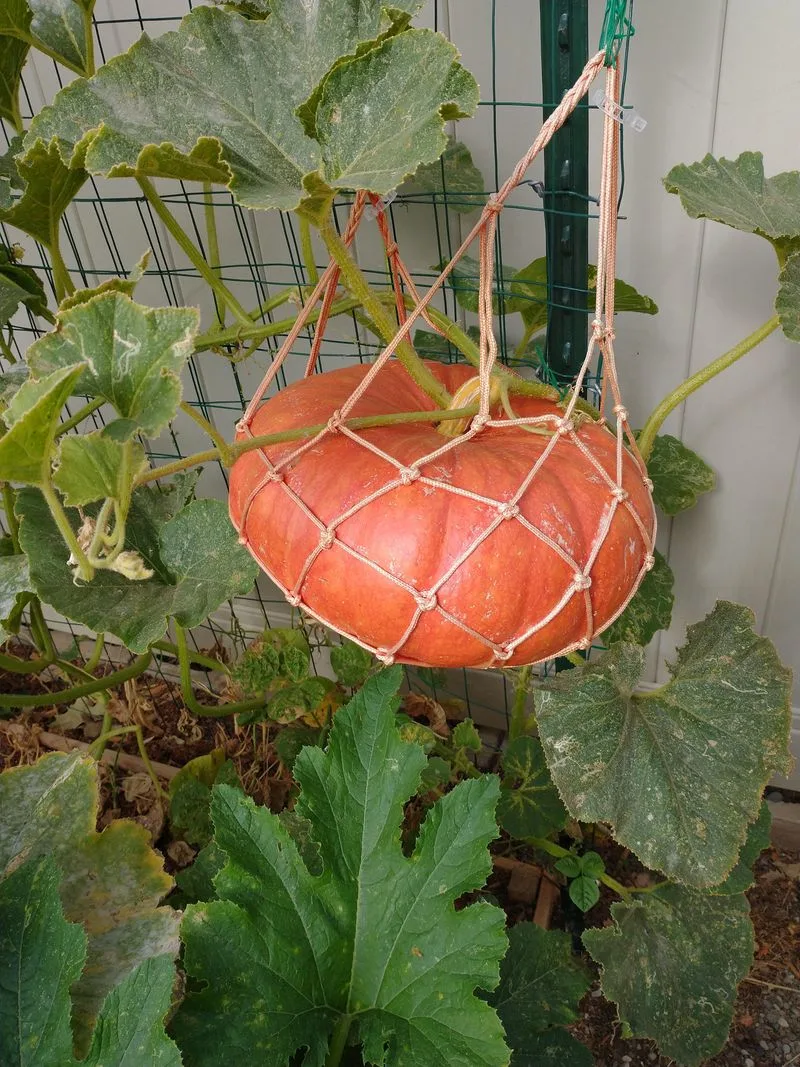
Pumpkins are not just for sprawling fields. With the right trellis, they can successfully grow upwards. Miniature varieties are especially suited for this method. Vertical growth reduces ground rot and enhances airflow. Supporting the pumpkins as they grow prevents breakage. This approach redefines traditional pumpkin patches, fitting them into smaller spaces.
Raspberries
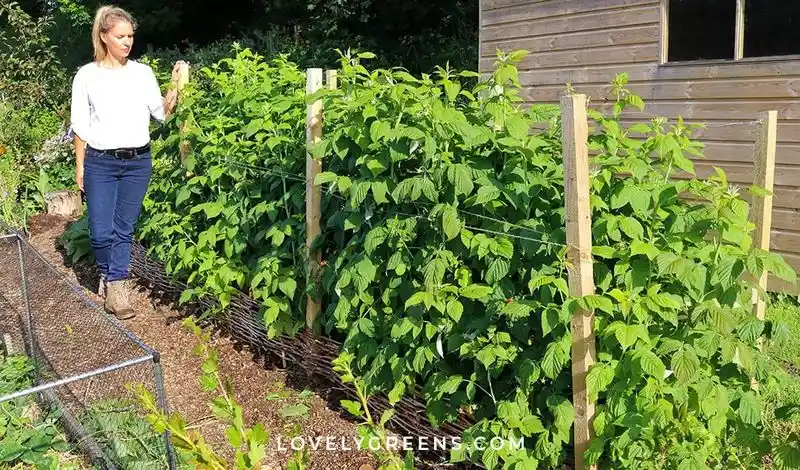
Raspberries thrive when grown vertically, maximizing fruit production. Canes are supported by a simple trellis system, making them ideal for small gardens. This setup also facilitates easier harvesting and improved air circulation, promoting healthy plants. With their sweet, tangy flavor, homegrown raspberries are a delicious treat that can be enjoyed fresh or in desserts.

